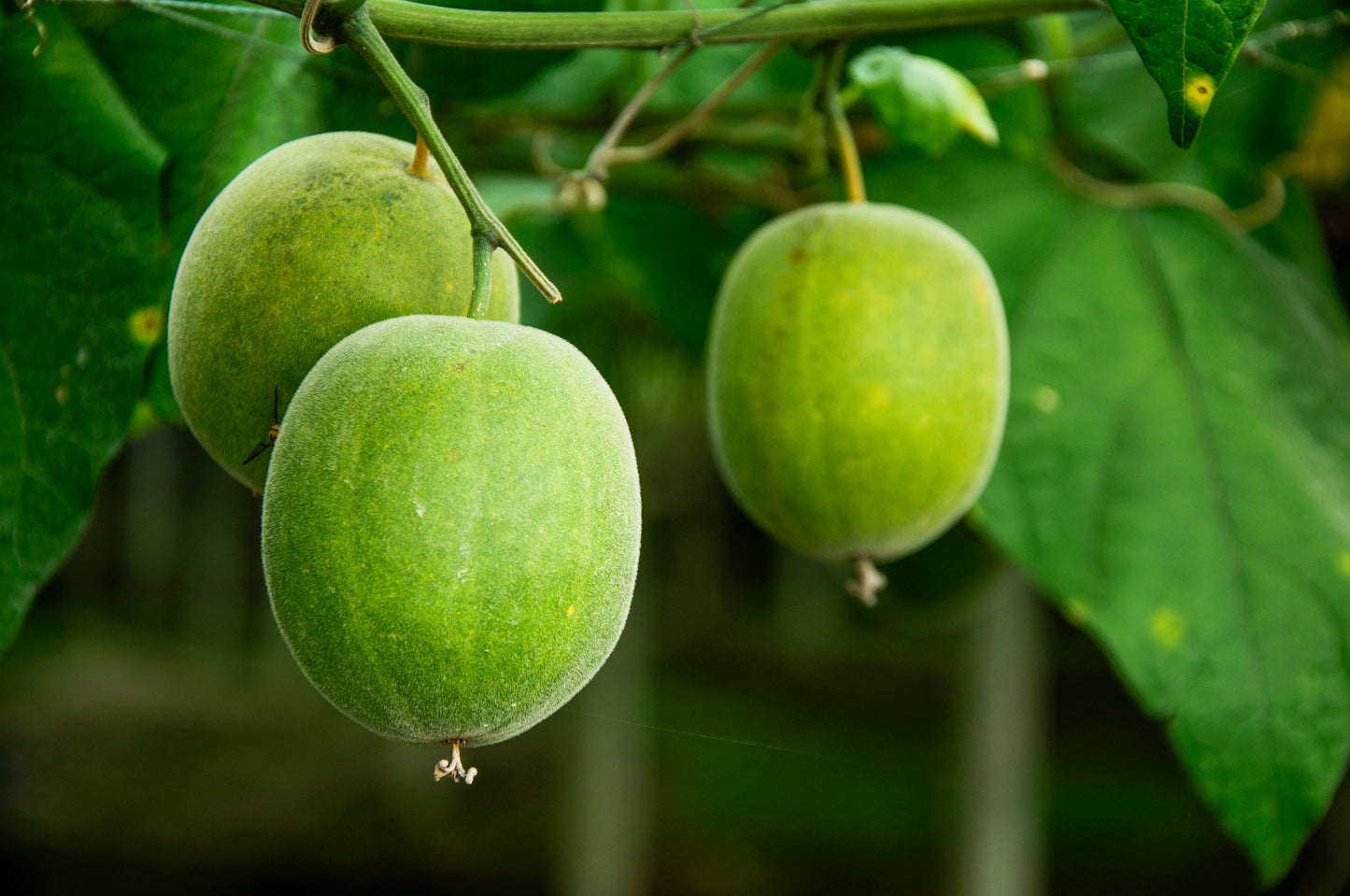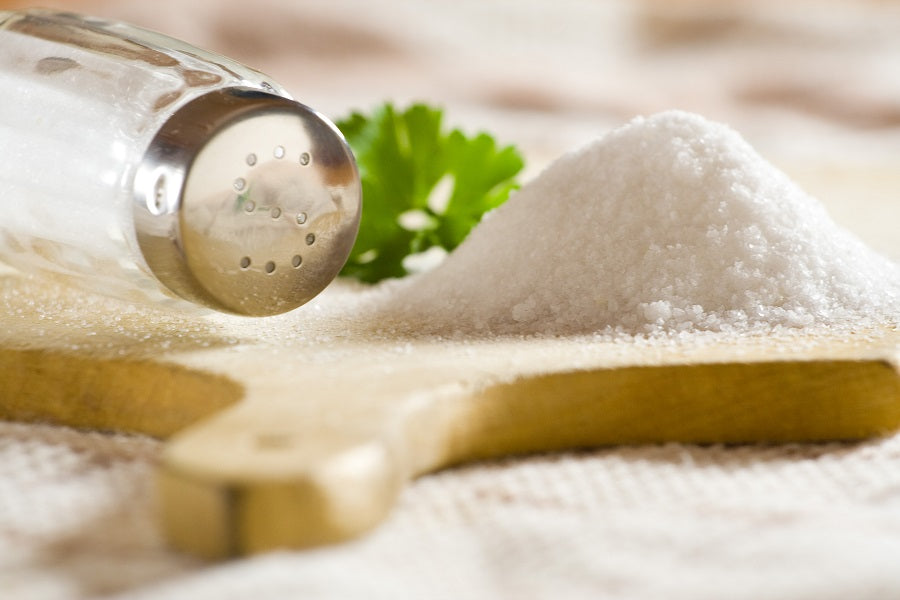
What Is Monk Fruit? What To Know About This Sweetner
Have a Sweet Tooth? Try Monk Fruit!
Do you worry about all the chemicals and unhealthy junk in today’s processed foods? So do I—and that’s why I love it when we return to the natural, traditional foods that have nourished people for thousands of years. From bone broth to pastured meats and fermented vegetables, these foods are what our bodies truly crave. One of these traditional foods that I’m crazy about right now is monk fruit.
Unlike high-fructose corn syrup and artificial sweeteners, which make you fat and sick, sweeteners made from monk fruit can actually make you healthier. I’m using monk fruit in my own home more and more, and adding it to my products, too. When you know more about it, I think you’ll want to make it a sweet part of your own life as well.
What is monk fruit? If you’ve never heard of monk fruit, it’s a Chinese fruit known as luo han guo. It looks a little like a green lemon, but it’s hiding a sweet secret: its pulp is 300 times sweeter than sugar. When it’s turned into a liquid or powdered sweetener, you get a big burst of sweetness for close to zero calories. Monk fruit has been used as a sweetener and herbal medicine for centuries in Asian countries, and now it’s catching on in the West. That’s a trend I’m happy to see, because monk fruit has some amazing health benefits.
What researchers are reporting about monk fruit
Monk fruit contains antioxidants called mogrosides. These chemicals pack a powerful punch, helping to protect you against everything from cancer to diabetes and its complications. Here’s a sampling of the research:
- One study reported that a mogroside extract lowered blood sugar levels, oxidative stress, and lipid levels in diabetic mice, suggesting that it could help prevent diabetic complications in humans. The researchers commented, “We conclude that the extract should be evaluated as a candidate for future studies on diabetes mellitus.”
- Mogrosides can help you slim down, lowering your risk for diabetes. Both a 2018 study and a 2012 study found that they protected against obesity in mice eating an unhealthy diet.
- A new study of mice with gestational diabetes, a type of diabetes that develops during pregnancy, found that giving them one type of mogroside found in monk fruit improved glucose metabolism, reduced insulin resistance, and led to healthier offspring.
- A study published in 2016 found that one type of mogrosides, mogroside V, suppressed the growth of tumors in pancreatic cancer. The researchers concluded, “Given that mogroside V is a natural sweetener that has been approved by the United States Food and Drug Administration, it may be used for daily consumption as an additive in foods and drinks to prevent or treat pancreatic cancer.”
- Other research shows that mogrosides may help fight colorectal and throat cancer.
- Research shows that mogrosides have powerful anti-inflammatory properties, which may help to explain their cancer-fighting and diabetes-fighting effects.
- Consistent use of monk fruit may even help to ease your allergy symptoms. Research indicates that it can inhibit histamine release from mast cells.
What’s more, unlike artificial sweeteners, monk fruit has no known adverse side effects. In fact, research indicates that even in super-high doses, it’s safe. In short, monk fruit appears to be all upside and no downside—so if you have a sweet tooth, I highly recommend giving it a try.
How to add monk fruit to your diet
If you’re ready to ditch unhealthy sweeteners and start using monk fruit, here are a few tips for making the switch:
- Make sure you buy pure products. Some commercial monk fruit sweeteners contain dextrose or other undesirable ingredients used as bulking agents. Read labels carefully!
- Start with just a little. Monk fruit is very sweet, so you can replace a lot of sugar with a little bit of monk fruit.
- Give your taste buds time to adapt. Monk fruit tastes a bit different than other sweeteners. (Some people compare it to caramel, and others to molasses.) Give yourself a few weeks to get accustomed to the taste. You may find that you love it in some foods and not in others.
You’ll find lots and lots of monk fruit recipes online. Experiment with it, trying it in different ways from smoothies to baked goods (it’s heat-stable). And attention, creative cooks: If you come up with great monk fruit recipes of your own, share them with us on my Facebook page!
Keep thinking Big and living BOLD!








